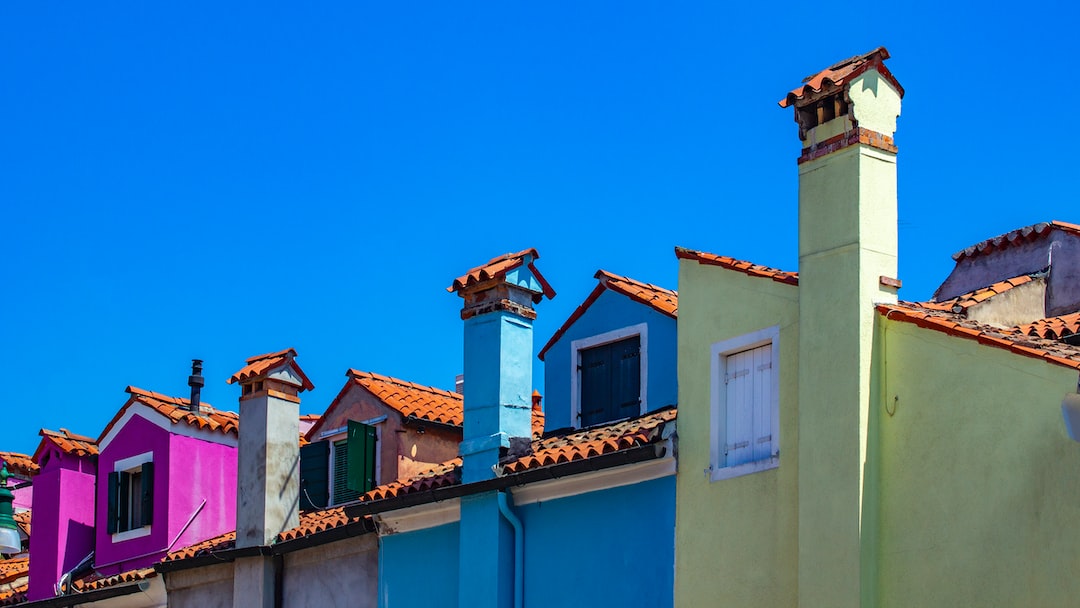In recent years, there has been a growing emphasis on adopting sustainable practices to combat climate change and save the planet. With the increasing awareness around the importance of environmental preservation, many homeowners are looking for ways to make their houses more eco-friendly. If you are one of those homeowners who want to make a positive impact while also enhancing the aesthetics and functionality of your home, this blog post is for you! Here are some sustainable house enhancement ideas that will help you go green.
1. Insulation and Energy Efficiency: One of the most effective ways to make your house sustainable is by improving insulation and energy efficiency. Upgrading windows, doors, and insulation will help to prevent heat loss during winters and keep cool air in during summers, thus reducing your dependence on heating and cooling systems. This, in turn, will lower your energy consumption, save you money on utility bills, and reduce greenhouse gas emissions.
2. Solar Power: Switching to solar power is an excellent long-term investment for your home and the environment. Installing solar panels on your roof can significantly reduce your reliance on fossil fuels for electricity generation. Solar power is renewable, clean, and has no harmful emissions. With advancements in technology, solar panels are becoming more affordable, making them an attractive option for homeowners looking to go green.
3. Rainwater Harvesting: Collecting and utilizing rainwater is an effective way to conserve water and reduce your water bill. Installing a rainwater harvesting system involves capturing rainwater runoff from your roof, directing it to a storage tank, and using it for non-potable purposes like irrigation, laundry, or even flushing toilets. This reduces the strain on municipal water supply systems and helps conserve water resources.
4. Green Roofing: A green roof is not only visually appealing but also contributes to sustainable development. By incorporating vegetation on your roof, you can create an additional layer of insulation, reduce stormwater runoff, and improve air quality. Green roofs provide habitat for wildlife, act as a heat sink, and promote biodiversity. With various options available, from intensive green roofs with large plants to extensive green roofs with low-maintenance vegetation, you can choose the one that suits your needs and aesthetic preferences.
5. Eco-Friendly Flooring: When it comes to enhancing sustainability, the choice of flooring material plays a crucial role. Opt for sustainable flooring options like bamboo, cork, or reclaimed wood. These materials are renewable, biodegradable, and have a lower environmental impact than conventional choices like hardwood or synthetic carpets. Moreover, eco-friendly flooring options can also improve indoor air quality by reducing the emission of volatile organic compounds (VOCs).
6. Energy-Efficient Appliances: Upgrading to energy-efficient appliances such as refrigerators, washing machines, and dishwashers can significantly reduce your household’s energy consumption. Look for appliances with Energy Star ratings, which are designed to consume less electricity and water without compromising performance. Additionally, consider investing in smart home technology that allows you to monitor and control your energy usage, further optimizing your energy efficiency.
7. Low-Flow Fixtures: Replace old and inefficient fixtures with low-flow alternatives to conserve water. Install low-flow showerheads, faucets, and toilets that reduce water consumption without sacrificing water pressure or functionality. These fixtures can help you save a significant amount of water, reduce your utility bills, and contribute to water conservation efforts.
In conclusion, making your house more sustainable not only benefits the environment but also offers long-term cost savings and improved living conditions. By implementing these sustainable house enhancement ideas, you can reduce your carbon footprint, conserve vital resources like energy and water, and create a healthier and more eco-friendly living space. So, why wait? Start making your home green, and be a part of the solution to combat climate change.

